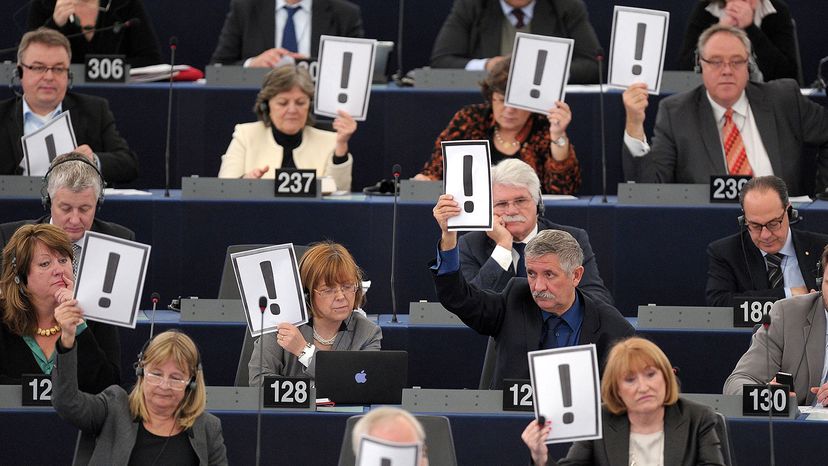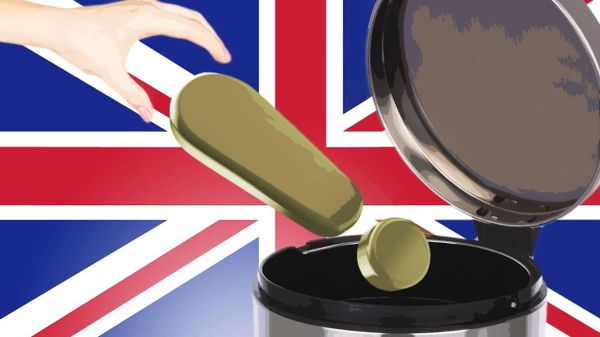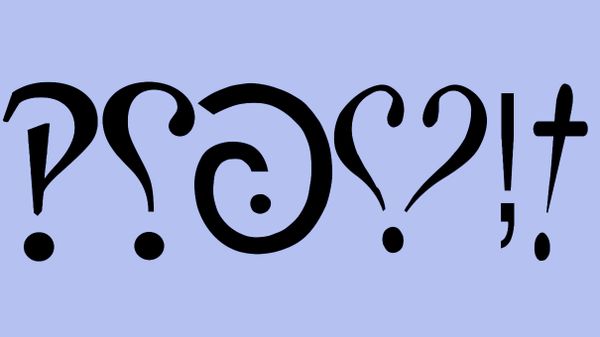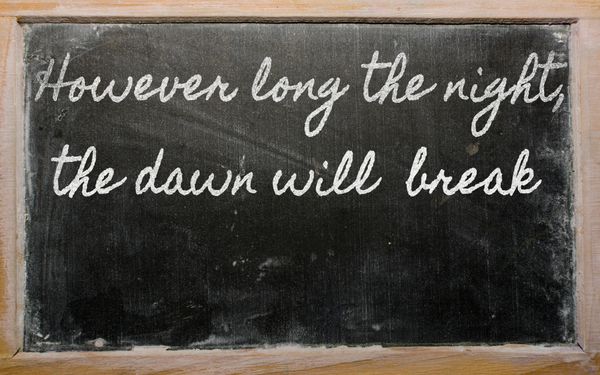
Not too long ago, exclamation points were scorned as silly punctuation marks largely employed by excited teenage girls or inexperienced novelists having trouble conveying emotions otherwise. But today, exclamation points are everywhere. Just check your email, text messages or social media accounts. Exclamation points abound. What accounts for this explosion, and is it a good thing?
No one knows for sure who invented the exclamation mark, although it was introduced into English as far back as the late 14th century (and was poetically called "the point of admiration"). One common theory is that it was derived from the Latin exclamation of joy, which was "IO," with the "I" written above the "O" – the look of today's exclamation point. Dr. Samuel Johnson, the 18th-century lexicographer, was the person who coined the word "exclamation" for sentences that were "pathetical" or full of emotion.
Advertisement
Grammatically speaking, an exclamation point is supposed to be used in just one of two ways – to punctuate an exclamatory sentence ("I can't find my wallet!") or to punctuate an interjection ("Hurray!"). While exclamation marks have long been scorned in formal writing, throughout the centuries people regularly used them in personal correspondence. And in the late 19th century, yellow journalists and sensationalists often incorporated the startling marks – which printers called screamers, shrieks or bangs – into their work.
During the 20th century, use of the exclamation point calmed down. In fact, while the typewriter was invented in the late 1800s, the exclamation point wasn't given its own key until 1970. The reason was people weren't expected to use it in professional writing. An exclamation point was created by typing a period, backspacing, then typing an apostrophe on top of it. But around the end of the 20th century, when the internet and texting became widespread (followed by social media a decade later), exclamation points began popping up everywhere, and in great numbers.
Advertisement


